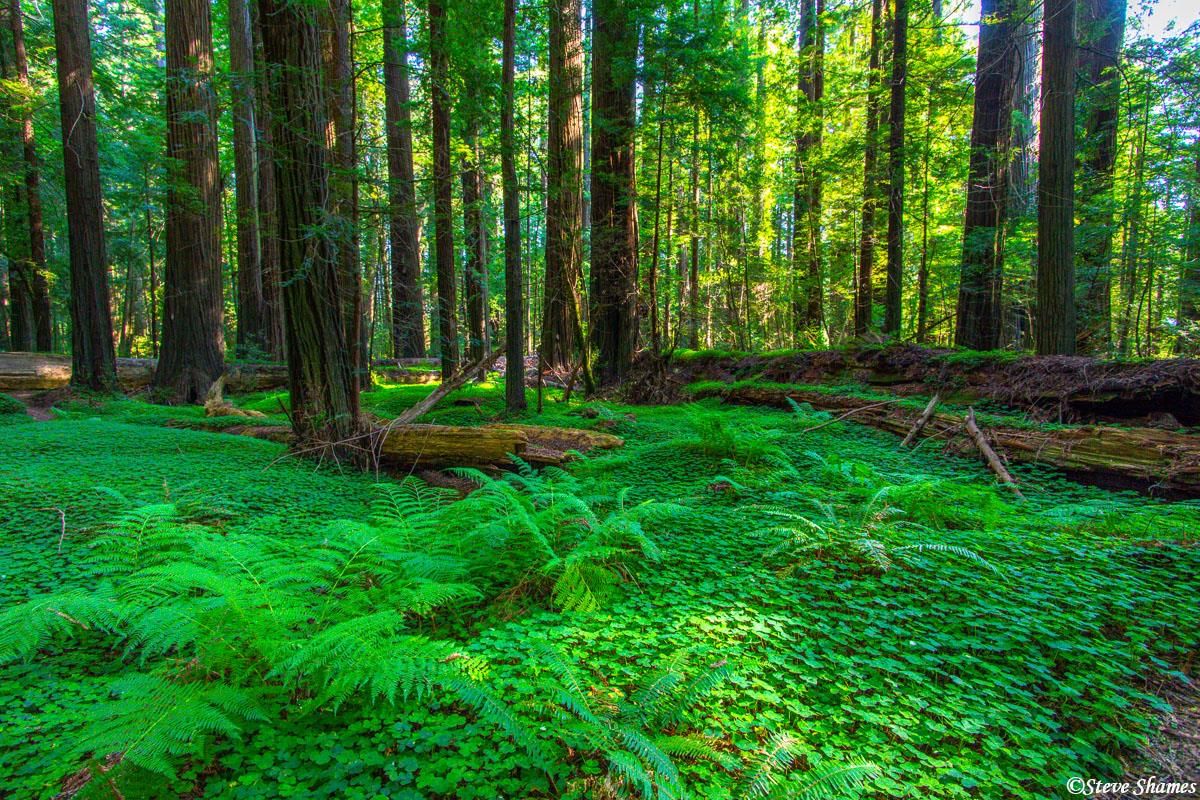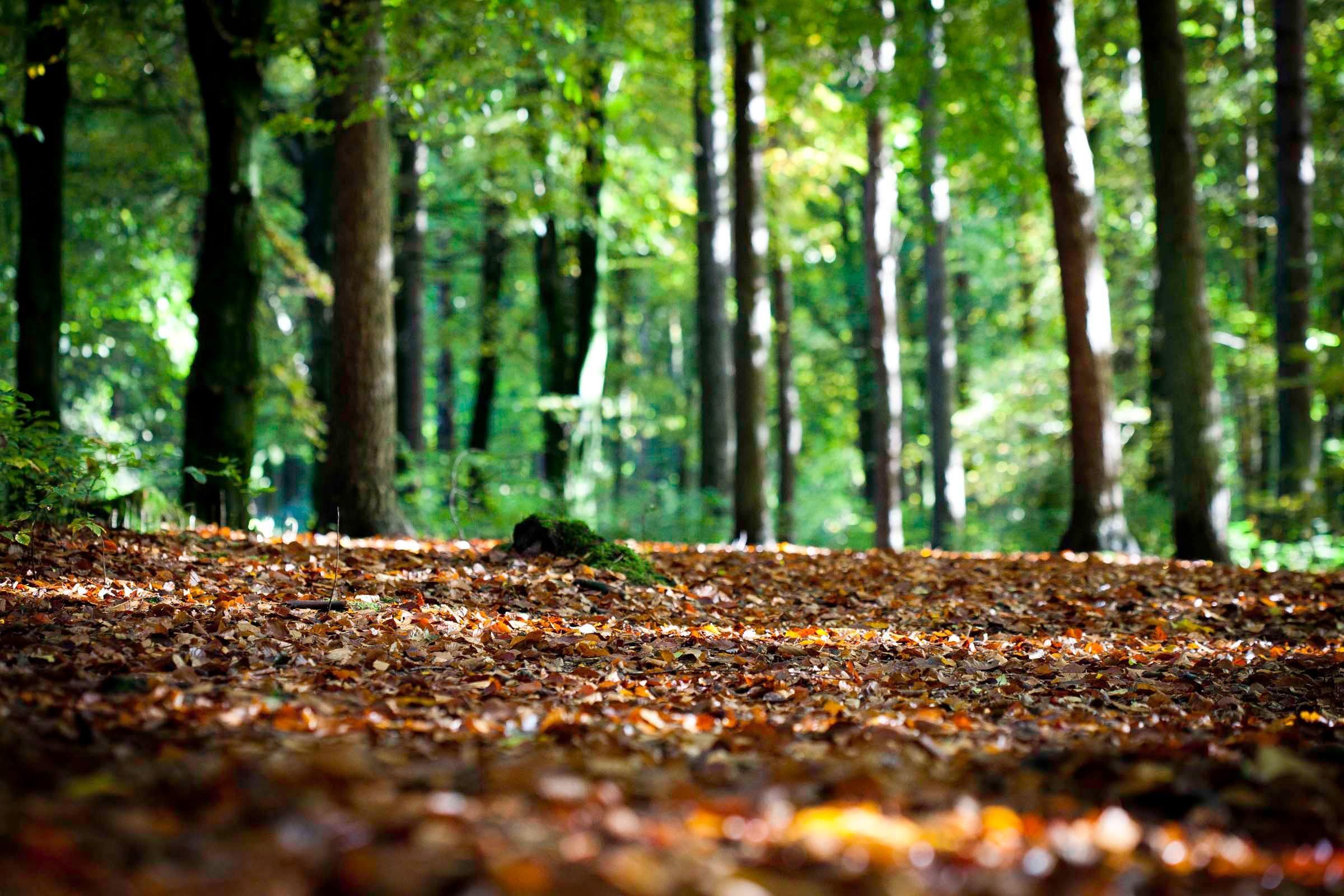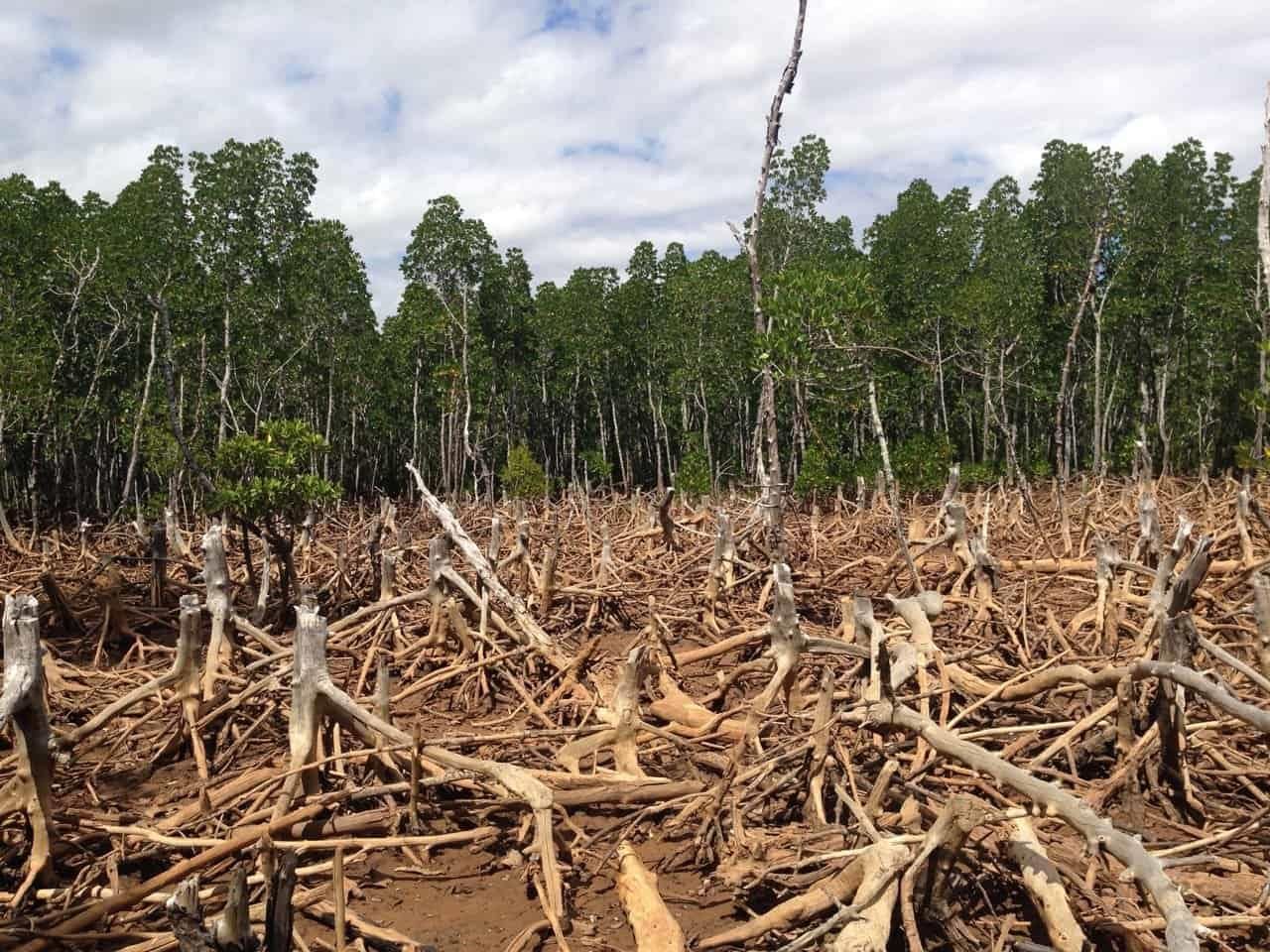Class 7 Science Chapter 12 HOTS Questions - Forests - Our Lifeline
Q1: Explain why a forest is called a ‘dynamic living entity’.
Ans: Forests are called dynamic living entity because of the various plants, animals and microorganisms. The wide variety of animals helps the forest to regenerate and grow. Decomposers help in maintaining the supply of nutrients to the growing plants in the forest. Thus, in a nutshell forest is a dynamic living entity, full of life and vitality.
Q2: It is a matter of concern if any plants or animals perish from forest. Explain, why?
Ans: Every component of a forest is dependent on other. If any of these component perish due to any adverse condition all other components of the forest get affected. For example, if herbivores are eliminated from the forest, then the forest will grow very dense due to no one to eat them and the carnivores will perish due to unavailability of food.
Q3: How do trees grow in the forest without human interference? Explain.
Ans: Forest is a self-sustaining system. Forest floor is fertile due to presence of humus. Various agents like animals, wind, water, etc., disperse the seeds of many plants. When these seeds get the favourable conditions, like nutrient, water and proper temperature germinate into a seedling and gradually into a plant. Thus, no human interference is required for trees to grow in a forest.
Q4: How do you think a bunch of seedlings sprouting on a heap of animal dropping in a forest will be benefitted?
Ans: The decaying animal dropping will provide nutrients to the growing seedlings.
Q5: Paheli while moving in a forest observed that there was no noise pollution, though lots of heavy vehicles were passing from the nearby highway. Explain why.
Ans: Paheli observed that there is no noise pollution in a forest even though there are lots of heavy vehicles passing from the nearby highway. It is because trees present in the forest absorb the noise.
Q6: A bunch of seedlings were seen sprouting on a heap of animal dropping in a forest. How do you think is the seedling benefited from the animal dung?
Ans: The seedling was being benefited from the animal dung as the decaying animal dung provided nutrients to the growing seedlings.
Q7: All the needs of animals living in a forest are fulfilled. Justify this statement in a few sentences.
Ans: Forest provides homae (shelter), food and water to the animals living there. Thus, all the needs of animals living in a forest are fulfilled.
Q8: Two friends shared their experiences of their vacation trip to two different forests. Do you think they would have seen the same type of plants and animals during their respective trips? Give reason.
Ans: No, they would not have seen the same type of plants and animals. This is so because climatic conditions in the two forests would vary leading to variations in the types of plants and animals.
Q9: Y and Z are two types of organism which are found in the forests. Y eats up dead animals while Z breakdown the body of the dead animals into simpler substances.
(a) What is the general name of organism Y?
(b) Write one example of Y type organism.
(c) What is general name of organism Z?
(d) Write one example of Z type organism.
Ans:
(a) Scavenger
(b) Vulture
(c) Decomposers
(d) Fungi (mushroom)
Q10: “You conserve forest, you conserve soil”. Do you agree? Justify.
Ans: Yes, forests bind soil with roots and prevent soil erosion. They also maintain fertility of soil and check So, it can be said that conserving forest results in conservation of soil.
Q11: People say that nothing goes waste in a forest. Can you explain how?
Ans: Nothing goes waste in a forest because of the following reasons
- Dry leaves and remains of dead animals are converted to a dark coloured substance called humus. This provides nutrients to the plants.
- Dead animals become food for vultures, crows, jackals and insects.
- Broken branches of trees are used as fuel by the people living in the vicinity of the forest.
Q12: Paheli wrote a food chain in the following way:
Frog → Eagle → Insects → Grass → Snake
The chain is not in the correct order. Help her to write the food chain correctly.
Ans: The correct food chain is
Grass → Insects → Frog → Snake → Eagle
Q13: Give names of any four birds which you expect to see in a forest.
Ans: The four birds which we expect to see in a forest are jungle crow, hornbill, myna and koel.
Q14: Name any four useful products other than wood, which we get from forests.
Ans: Four useful products other than wood which we get from forests are gum, spices, fodder for animals and medicinal plants.
Q15: Deforestation may lead to floods. Why?
Ans: Deforestation leads to floods as lesser number of trees will be available due to deforestation. In the absence of trees, the soil will not hold water leading to floods.
Q16: Give any four factors which are responsible for the destruction of forests.
Ans: The four factors which are responsible for the destruction of forests are
- Construction of roads.
- Construction of buildings.
- Industrial development.
- Increasing demand of wood.
Q17: Imagine a forest where all decomposers suddenly disappear. Predict what would happen to the forest ecosystem over time and explain why?
Ans: If decomposers disappeared from the forest:
- Dead things would pile up because nothing would break them down.
- Soil would lose nutrients, so plants couldn't grow properly.
- Animals would struggle to survive, and the whole forest would slowly die.
Q18: Write any three activities going on in the forest on the basis of this figure.
Ans: The three activities going on in the forest on the basis of the given figure are
- Oxygen is given out by plant leaves.
- Carbon dioxide is consumed by the plants to prepare their food by the process of photosynthesis.
- Nutrients are being added to the soil by the action of decomposers.
Q19: Which of the following has the strongest stem?
(a) A tree
(b) A creeper
(c) A climber
(d) A bush
Ans: a) A tree
The strongest stem is found in a tree, which is designed to support its height and weight. In contrast, creepers and climbers rely on other structures for support, while bushes have relatively weaker stems.
Q20: Which of the following is not the name of a tree?
(a) Teak
(b) Sal
(c) Porcupine
(d) Kachnar
Ans: c) Porcupine
Porcupine is an animal, while Teak, Sal, and Kachnar are all names of trees. This makes Porcupine the correct answer as it does not belong to the category of trees.
Q21: Pick the option which gives the names of a tree and an animal respectively from the following.
(a) Semal and hornbill
(b) Sal and khair
(c) Chinkara and blue bull
(d) Neem and palash
Ans: a) Semal and hornbill
Semal is a type of tree, while hornbill is a bird, making option (a) the only pair that includes both a tree and an animal.
Q22: Forests are not responsible for
(a) providing medicinal plants
(b) maintaining the flow of water into the streams
(c) creating flood conditions
(d) absorbing rainwater and maintaining the water table
Ans: c) creating flood conditions
Forests play a crucial role in water management and do not create flood conditions; rather, they help prevent floods by absorbing excess rainwater.
Q23: Which of the products is not obtained from a forest?
(a) Honey
(b) Catechu
(c) Gum
(d) Ginger
Ans: d) Ginger
Ginger is a cultivated plant and not a forest product, whereas honey, catechu, and gum are derived from forest resources.
|
112 videos|286 docs|28 tests
|
FAQs on Class 7 Science Chapter 12 HOTS Questions - Forests - Our Lifeline
| 1. What are the primary benefits of forests to human life? |  |
| 2. How do forests contribute to combating climate change? |  |
| 3. What actions can individuals take to help protect forests? |  |
| 4. Why are forests considered crucial for biodiversity? |  |
| 5. How do forests affect local and global water cycles? |  |





















